Samosas are a delicious fried or baked pastry filled with savoury fillings. This is a popular dish in countries such as Nepal, Burma, India and Pakistan. Samosas are commonly eaten in Indian and Pakistani restaurants and they are traditionally eaten as an entrée or as a snack.
NaNiDa Cape Malay Spinach, Cream Cheese & Bacon 12pc
¥95.00
Description
The samosa’s origins actually lie thousands of miles away in the ancient empires that rose up in the Iranian plateau at the dawn of civilization itself. The gastronomic literature of 10th century Middle Eastern cuisine, especially early medieval Persian texts have many mentions of the sanbosag, an early relative of the samosa and an etymological cousin of the Persian pyramidal pastry, samsa.
Other historical accounts also refer to sanbusak, sanbusaq and even sanbusaj as tiny mince-filled triangles, eaten by travelling merchants around campfires and packed in saddlebags as a snack for a long journey. According to these accounts, it was thanks to these travelling merchants that the stuffed triangle travelled from Central Asia to North Africa, East Asia and South Asia.
In India, it was introduced by the Middle Eastern chefs who migrated for employment during the Delhi Sultanate rule, although some accounts also credit merchants for bringing the fare to this part of the world. Later, having earned the blessings and love of the Indian royalty, the samosa soon became a snack fit for the king.
Ibn Batuta, the medieval Moroccan traveller who visited India in the 14th century, has chronicled the glittering banquets at the court of Muhammad bin Tughlaq. According to his accounts, a dish called sambusak — triangular pastry packed with mince, peas, pistachios, almonds and other tasty fillings — was placed on the guests’ plates right after the sherbet had been sipped. Other courses followed.
Likewise, Sufi scholar, musician and famed poet Amir Khusrau wrote of the samosa being enjoyed by nobles in the royal Indian courts in the year 1300. He famously framed the riddle:
“Samosa kyun na khaya? Joota kyun na pehna?
Talaa na tha.”[Translation: Why wasn’t the samosa eaten? Why wasn’t the shoe worn? The samosa wasn’t fried (talaa), the shoe didn’t have a sole (also called talaa.)]
Earlier still, a 9th century poem by Ishaq ibn Ibrahim-al-Mausili also celebrates the sanbusaj. Indeed, we have it on the authority of Abul Fazl, scholar-statesman extraordinaire, author of Ain-i-Akbari and one of the legendary nine gems of Akbar’s court, that the samosa was a dish relished by the Mughal Emperors.
An interesting note here is the breadth of social classes making and eating the samosa, with the dish recorded in both trade routes and noble houses. The samosa proudly wore both the grand stamp of royal approval as well as the honest humility of being a snack of the streets. Herein lies a hint at the dish’s continued, unwavering popularity and success, even hundreds of years into its lifetime – its universality.
The Britishers too fell in love with the samosa on their arrival in India and they, along with the Indian diaspora, took the tasty tidbit with them to the far corners of their colonial empire. The samosa settled in the hearts of people everywhere, leading to the evolution of multiple regional versions.
In the Middle East, the semicircular version is stuffed with cheese, onions, herbs, spices and minced meat, and in case of Israeli cuisine, mashed chickpeas and pine nuts. Portugal and Brazil have meat-filled chamuças and pastéis; Uzbekistan and Kazakhstan has Uyghur-style samosas with a heavier bread dough and a lamb centre; Africa’s eastern Horn reserves sambusa for the local observations of Ramadan, Eid and Mesqel.
However it is filled and wherever it is prepared, the ubiquitous samosa embodies the essence of India – adaptable, inventive, tolerant and heterogeneous. Today, after centuries of evolution and adaptation, it has become arguably the most popular, plebian snack available in India.
Additional information
| Weight | .150 kg |
|---|
Only logged in customers who have purchased this product may leave a review.




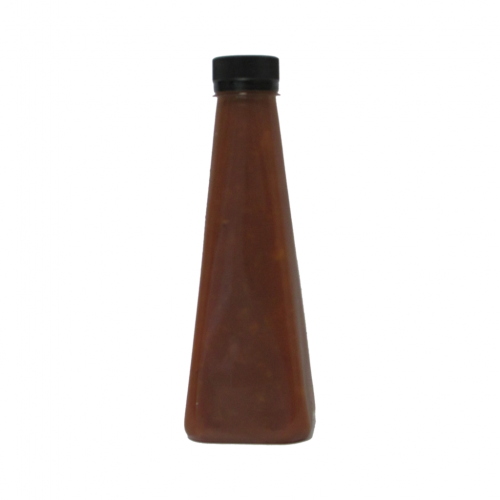

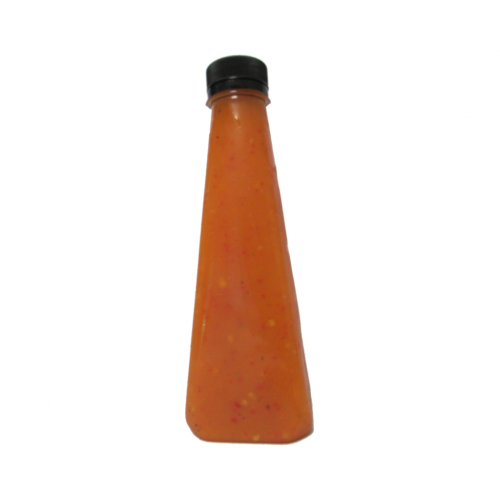

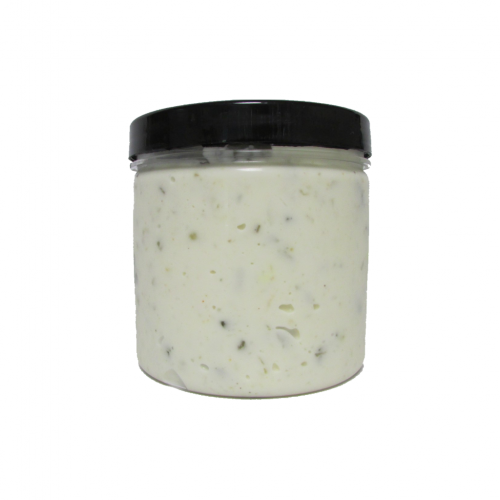
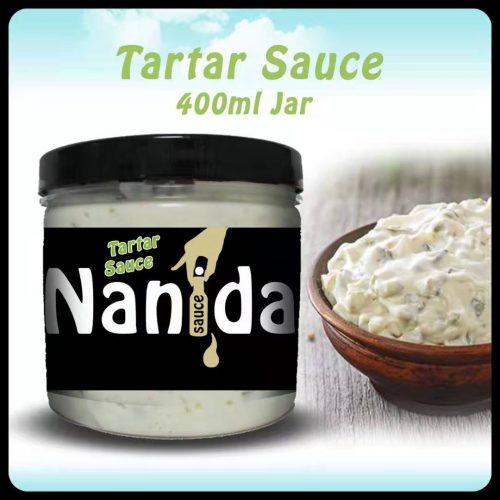

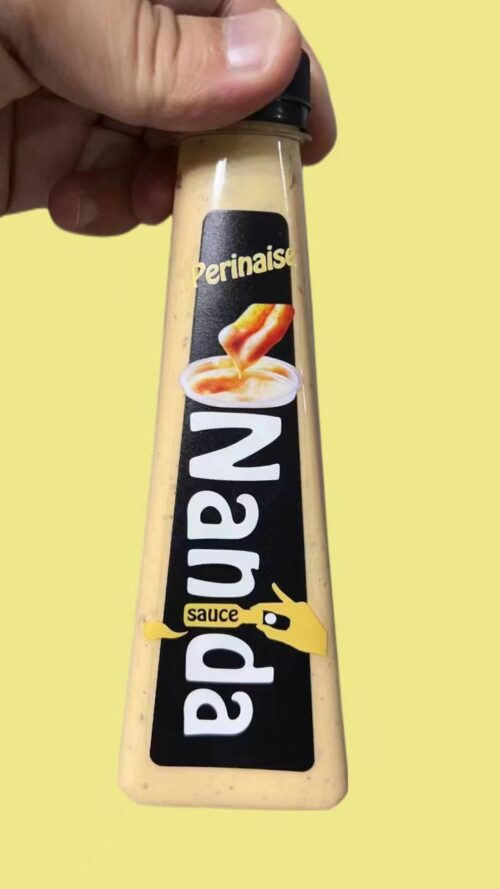
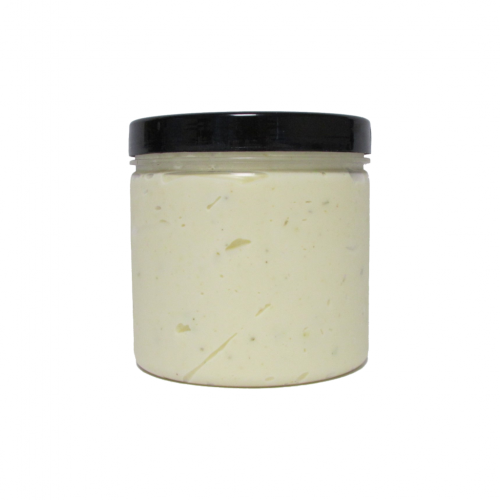
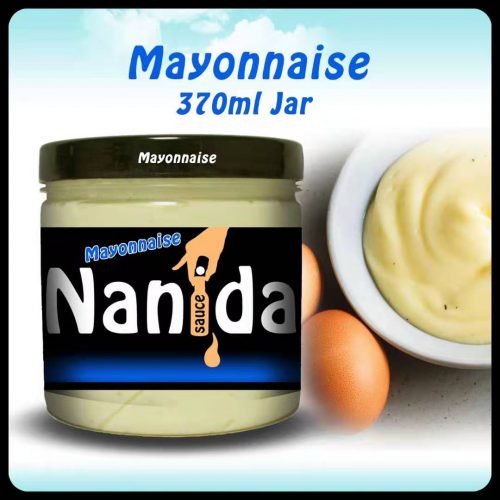
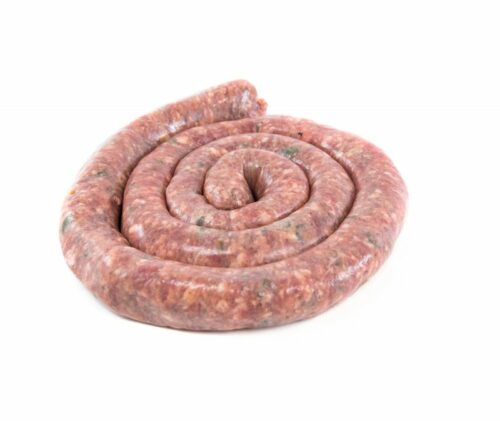
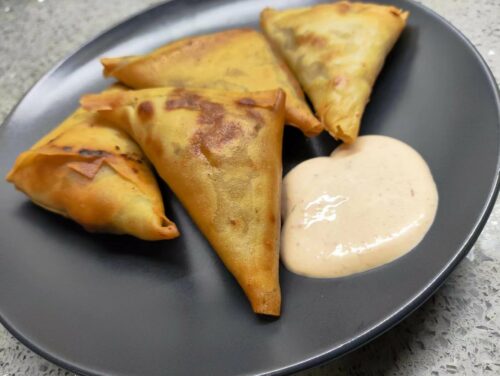
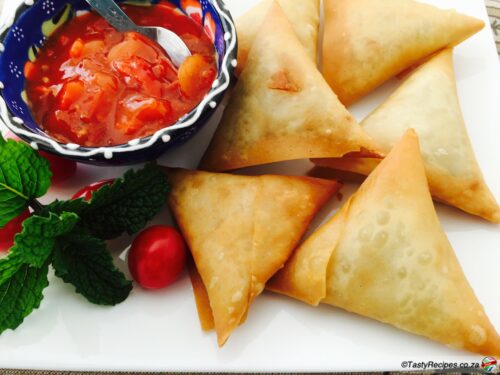
Reviews
There are no reviews yet.